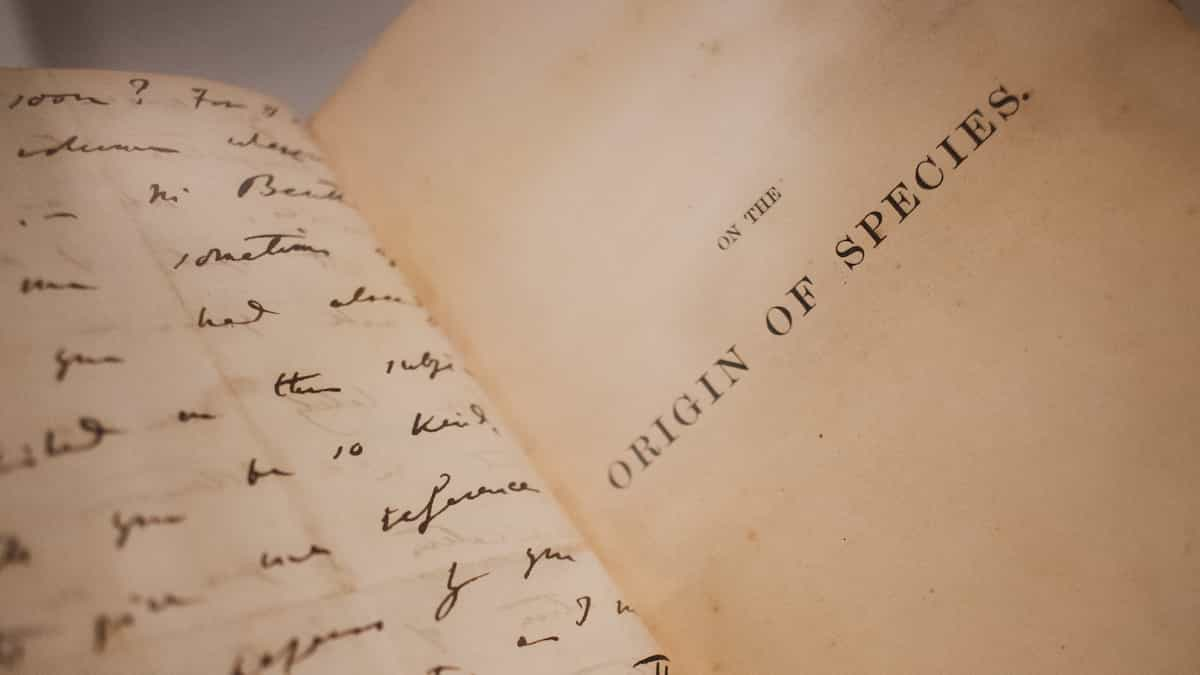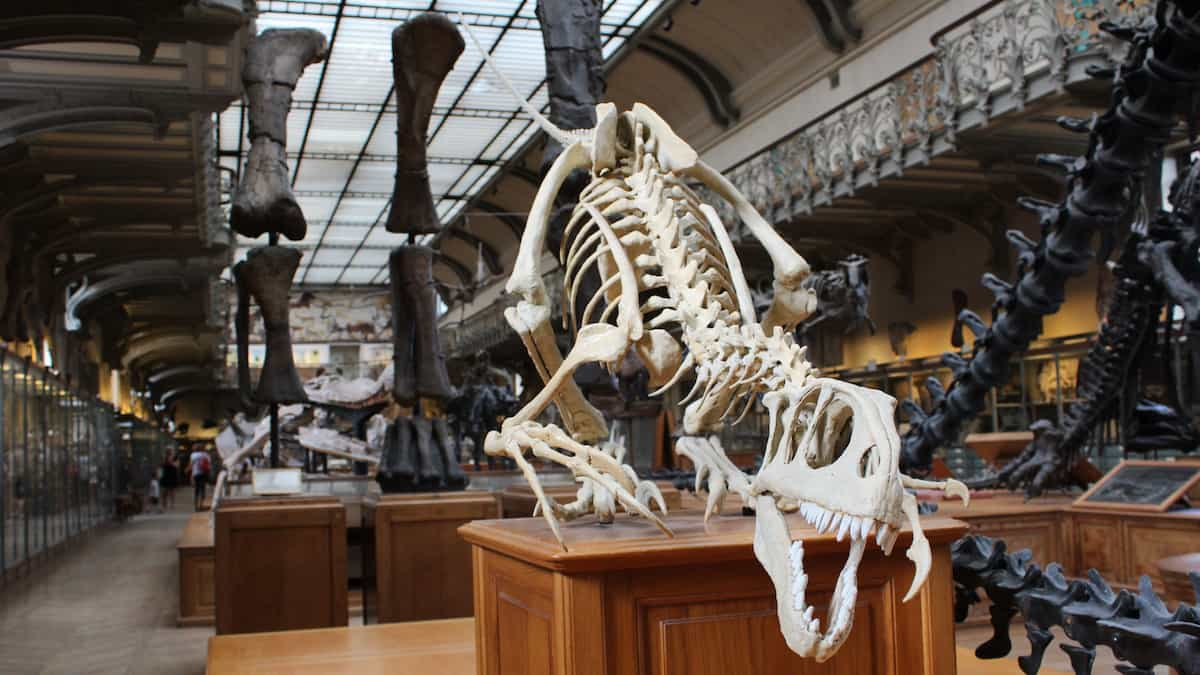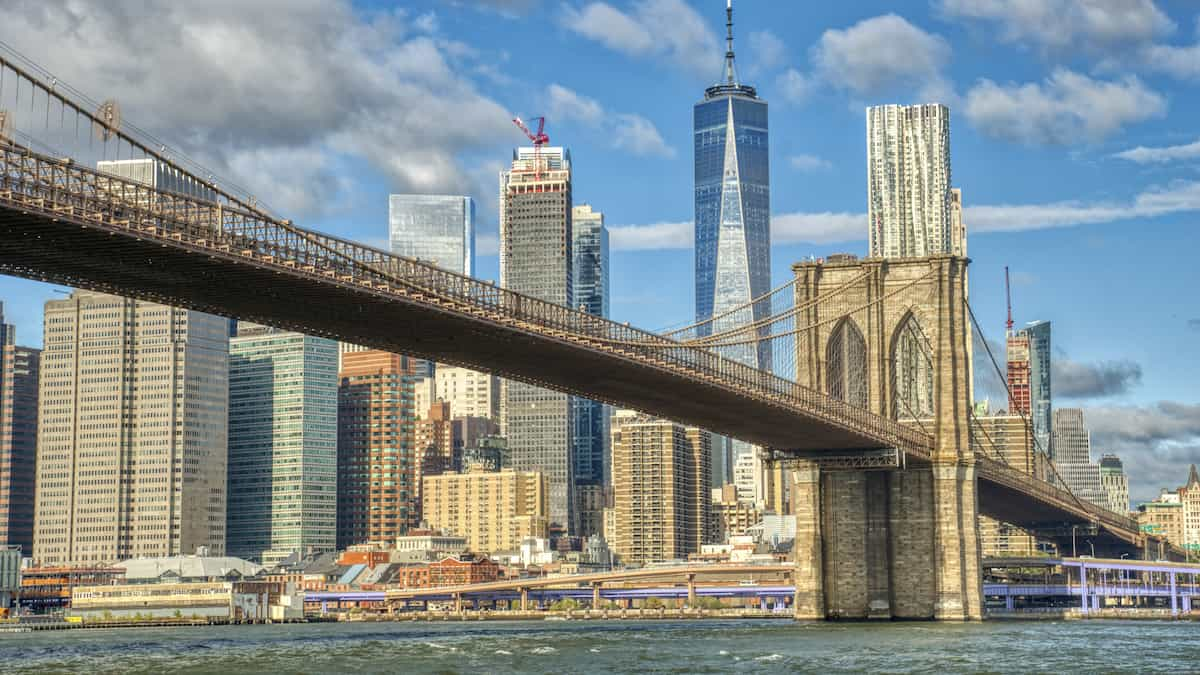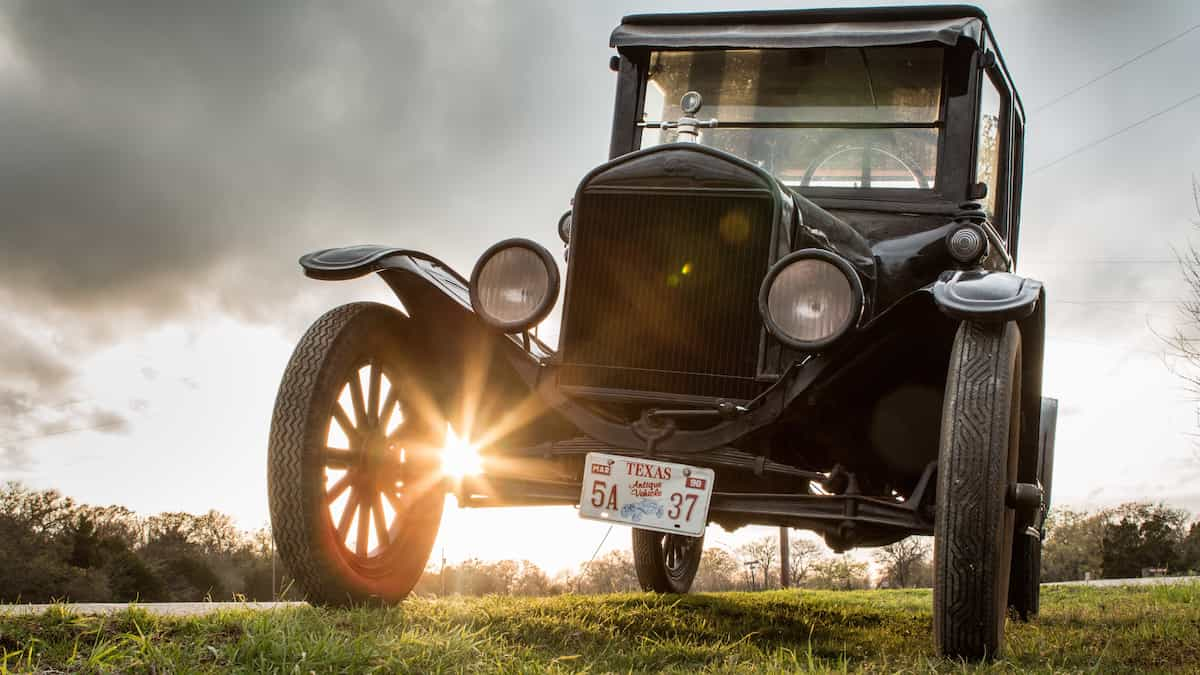Diagram Label Completion Questions in IELTS Reading
Learn about Diagram label completion questions in IELTS reading with an overview, recommended strategy and practice questions.
by Tim Martyn
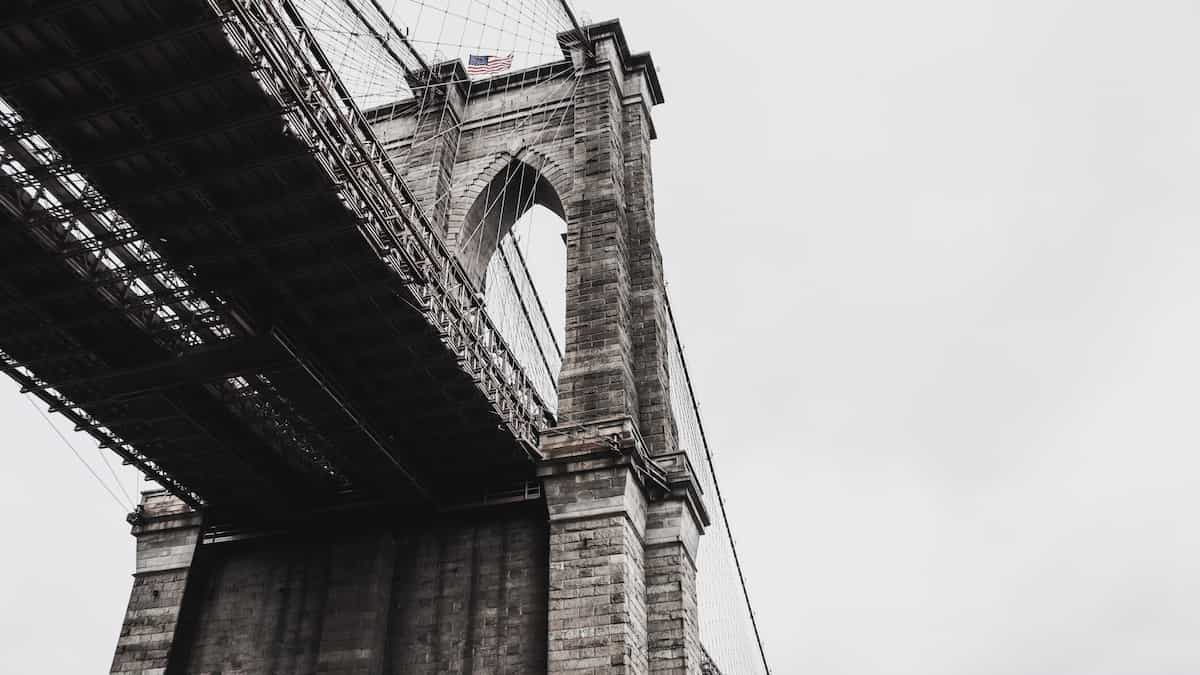
Overview
Diagram label completion questions test your ability to understand a detailed description and relate it to information presented in the form of a diagram.
Here are some key points about Diagram label completion questions:
- You’ll be asked to complete labels on a diagram. The labels may be blank, or they could be a phrase or sentence with missing words.
- The diagram may be of some type a machine, part of a building, or anything else that can be represented with a diagram.
- The answers don’t necessarily occur in order in the passage but will usually come from one part of the passage rather than being spread across the entire passage.
- They’re often used with passages that describe processes or with descriptive passages.
Example questions
Here are some example Diagram label completion questions from a passage about a famous American bridge.
You can try these questions in the practice section.
Questions 8 – 11
Label the diagram. Write NO MORE THAN TWO WORDS from the text in each gap.
🔍 Click on the image to enlarge it.

Maximise your IELTS reading score with these essential tips.
Recommended strategy
Here’s my recommended strategy for answering Diagram label completion questions. I’ll demonstrate the steps you need to take, and we’ll answer Question 8 together as an example.
Step 1 > Quickly study the diagram
Don’t spend too long on this step. Your goal is to gain a general understanding of what the diagram is showing – you don’t need to understand every aspect.
We can see that our diagram is showing an underwater structure of some kind. We can see some people inside the structure. There are ladders and some other pieces of unidentified equipment.
Step 2 > Identify key words
You can look for key words in the title (if there is one) and in any existing labels. Our diagram has a title – Brooklyn Bridge caisson – as well as one incomplete label – Duct that supplied. The key words that will help us find the relevant part of the passage are caisson and duct. Brooklyn Bridge isn’t very useful because the entire passage is about this bridge, so we’d expect to find these words throughout the passage.
You can also identify possible key words that aren’t written on the diagram. For example, in our diagram, we can see that there are ladders, as well as some type of bucket at the top that looks as though it can be lowered into the caisson. We can also see people, possibly workers. The caisson seems to be made of wood and stone, and it’s surrounded by water.
Step 3 > Scan the passage to find the key words
Once you’ve identified the key words, you can scan for them in the passage. It’s important to keep in mind that synonyms – words and phrases with the same or a similar meaning – are often used in the passage rather than the actual key words from the diagram, so you need to look for them, too. You also need to look for the possible key words that aren’t actually written on the diagram.
Here’s the reading passage. You can see that the key words and/or synonyms that we identified in Step 2 have been highlighted.
↕ scrollable window
Looming majestically over New York City’s East River, the Brooklyn Bridge is one of the most remarkable engineering feats of the nineteenth century. At its opening ceremony, it was proclaimed the eighth wonder of the world because of its two stately towers and unprecedented length. Suspension bridges are generally measured by the length of their main span, which is the distance between their two supporting towers. The Brooklyn Bridge is dwarfed by modern suspension bridges, the longest of which is 1,991 metres, but at the time of its construction, it was the longest suspension bridge in the world at 480 metres. That was substantially longer than the previous record holder, which was 322 metres in length.
Prior to its completion in 1883, commuters had only been able to travel between the then-separate cities of Brooklyn and New York by ferry. A range of proposals for a bridge spanning the East River were put forward as early as 1800, but none were accepted by city officials due to the technical difficulty or prohibitive cost involved. It was not until 1867 that permission to build the Brooklyn Bridge as we know it today was finally granted by New York legislators. The designer of the Brooklyn Bridge, German-born immigrant John A. Roebling, was a pioneer in the design of steel suspension bridges, having previously designed and built others including the John A. Roebling Suspension Bridge. Opened in 1866, this bridge is still standing today and crosses the Ohio River between Cincinnati, Ohio and Covington, Kentucky.
Unfortunately, John A. Roebling did not live to see the completion of his bridge. While conducting final surveys of the site of the Brooklyn tower in June 1869, he sustained an injury when an incoming ferry crushed his foot against the dock. The injury itself was not life-threatening, but apart from allowing a surgeon to amputate his injured toes, he refused medical treatment, opting to treat his wound himself. His condition deteriorated when he contracted tetanus, which claimed his life three weeks later. His 32-year-old son, Washington A. Roebling, also a trained engineer, took over his father’s role.
Construction of the Brooklyn Bridge began in January 1870. In order to dig solid foundations for the bridge’s stone towers, massive wooden boxes with no bottoms called caissons were used. The caissons allowed workers to dig away at the sand and rock on the riverbed without being flooded by the river water. The stone towers were built on top of the caissons, which sank deeper into the riverbed as the workers dug. Water was kept out of the chamber at the base of the caisson where the workers dug by means of compressed air, which was pumped in through a special duct in the roof of the caisson. Workers entered via a series of ladders, passing through an air lock on the way down. This had a door on each side, only one of which could be opened at any one time. Had both doors been opened, compressed air would have escaped, with dire consequences for the workers. The sand, rock and boulders that workers excavated were hoisted out of the caisson in huge buckets via a shaft. This was filled with water in order to maintain the correct air pressure. When the caissons had reached the desired depth, concrete was pumped into them until they formed solid blocks. These then become part of the permanent foundations.
Caisson work was extremely difficult, and the men who worked in the caissons took great risks. Not only was flooding a possibility, but fire was also a very real threat. In 1870, the timber roof of the Brooklyn caisson caught fire from a worker’s candle. This fire, nicknamed the “Great Blowout”, delayed construction for several months because repairs had to be carried out. The Manhattan caisson, which was built after the Brooklyn one, was lined with plate iron to ensure that it would not become engulfed in flames like its counterpart had. Many of the workers were also struck down by a mysterious ailment. Poorly understood at the time, the bends killed at least three workers, and caused joint pain, speech impediments and paralysis in many others. The high toll that the caisson work was taking on workers ultimately led Washington A. Roebling to halt construction, but that was not before Roebling himself had succumbed to the illness. His condition left him unable to supervise the project in person. He was forced to remain in his home, but his wife Emily, also a trained engineer, relayed his instructions to site workers, and eventually took over day-to-day supervision and project management.
Once the caissons were completed, the masonry towers continued to be built on top, a complex process that took four years. The weight of the blocks meant that a pulley system had to be used to transport them to the base of each tower. They were then carried up a timber track and manoeuvred into position with the help of a derrick. The next stage was the cabling. Work began on the four enormous cables that would support the roadway in 1877. Work was well underway when it was discovered that the cable manufacturer had been selling them faulty wires. This could have caused the bridge to collapse had it not been for the over-engineering in John A. Roebling’s design. It was too late to replace the cables, but they were able to reinforce them with additional wires, and the roadway was then suspended from the cables.
The Brooklyn Bridge was officially opened on 24 May 1883, connecting the cities of Brooklyn and New York for the first time in history. The project had taken 15 years, claimed the lives of 27 workers, and cost almost half a billion dollars in today’s money.The key words workers and caisson can actually be found in several paragraphs, but it’s the fourth paragraph that has the highest concentration of key words, and more of the key words we’re looking for, such as ladders and buckets. This paragraph also seems to be describing how the caissons worked, which is another clue that we’ve found the relevant part of the passage.
Step 4 > Read carefully
Once you’ve found the relevant part of the passage, read it carefully and decide on your answers. You should always read the sentences before and after the sentences that contain key words to make sure you don’t miss anything.
As an example, let’s look for the answer to Question 8. The diagram label is pointing to the part of the caisson through which the bucket can be lowered, so finding the key word bucket (or a synonym) will help us find the answer.
Here’s the relevant part of the passage.
The sand, rock and boulders that workers excavated were hoisted out of the caisson in huge buckets via a shaft. This was filled with water in order to maintain the correct air pressure.
This description is consistent with what we can see in the diagram, so shaft seems to be the correct answer. However, it’s very important to make sure that our answer fits within the word limit for the question. We can see that the instructions say to write NO MORE THAN TWO WORDS from the passage for each answer. Shaft fits within this word limit, so we can safely choose it as our answer.
Final tips
Here are some important final tips:
- Remember that the answers don’t necessarily occur in order in the passage.
- You need to start by finding the relevant part of the passage for all of the questions rather than just one.
- Remember that all of your answers must be words from the passage.
Practice questions
Now it’s your turn to practise. Answer the remaining Diagram label completion questions from the passage using the steps outlined above.
↕ scrollable window
Looming majestically over New York City’s East River, the Brooklyn Bridge is one of the most remarkable engineering feats of the nineteenth century. At its opening ceremony, it was proclaimed the eighth wonder of the world because of its two stately towers and unprecedented length. Suspension bridges are generally measured by the length of their main span, which is the distance between their two supporting towers. The Brooklyn Bridge is dwarfed by modern suspension bridges, the longest of which is 1,991 metres, but at the time of its construction, it was the longest suspension bridge in the world at 480 metres. That was substantially longer than the previous record holder, which was 322 metres in length.
Prior to its completion in 1883, commuters had only been able to travel between the then-separate cities of Brooklyn and New York by ferry. A range of proposals for a bridge spanning the East River were put forward as early as 1800, but none were accepted by city officials due to the technical difficulty or prohibitive cost involved. It was not until 1867 that permission to build the Brooklyn Bridge as we know it today was finally granted by New York legislators. The designer of the Brooklyn Bridge, German-born immigrant John A. Roebling, was a pioneer in the design of steel suspension bridges, having previously designed and built others including the John A. Roebling Suspension Bridge. Opened in 1866, this bridge is still standing today and crosses the Ohio River between Cincinnati, Ohio and Covington, Kentucky.
Unfortunately, John A. Roebling did not live to see the completion of his bridge. While conducting final surveys of the site of the Brooklyn tower in June 1869, he sustained an injury when an incoming ferry crushed his foot against the dock. The injury itself was not life-threatening, but apart from allowing a surgeon to amputate his injured toes, he refused medical treatment, opting to treat his wound himself. His condition deteriorated when he contracted tetanus, which claimed his life three weeks later. His 32-year-old son, Washington A. Roebling, also a trained engineer, took over his father’s role.
Construction of the Brooklyn Bridge began in January 1870. In order to dig solid foundations for the bridge’s stone towers, massive wooden boxes with no bottoms called caissons were used. The caissons allowed workers to dig away at the sand and rock on the riverbed without being flooded by the river water. The stone towers were built on top of the caissons, which sank deeper into the riverbed as the workers dug. Water was kept out of the chamber at the base of the caisson where the workers dug by means of compressed air, which was pumped in through a special duct in the roof of the caisson. Workers entered via a series of ladders, passing through an air lock on the way down. This had a door on each side, only one of which could be opened at any one time. Had both doors been opened, compressed air would have escaped, with dire consequences for the workers. The sand, rock and boulders that workers excavated were hoisted out of the caisson in huge buckets via a shaft. This was filled with water in order to maintain the correct air pressure. When the caissons had reached the desired depth, concrete was pumped into them until they formed solid blocks. These then become part of the permanent foundations.
Caisson work was extremely difficult, and the men who worked in the caissons took great risks. Not only was flooding a possibility, but fire was also a very real threat. In 1870, the timber roof of the Brooklyn caisson caught fire from a worker’s candle. This fire, nicknamed the “Great Blowout”, delayed construction for several months because repairs had to be carried out. The Manhattan caisson, which was built after the Brooklyn one, was lined with plate iron to ensure that it would not become engulfed in flames like its counterpart had. Many of the workers were also struck down by a mysterious ailment. Poorly understood at the time, the bends killed at least three workers, and caused joint pain, speech impediments and paralysis in many others. The high toll that the caisson work was taking on workers ultimately led Washington A. Roebling to halt construction, but that was not before Roebling himself had succumbed to the illness. His condition left him unable to supervise the project in person. He was forced to remain in his home, but his wife Emily, also a trained engineer, relayed his instructions to site workers, and eventually took over day-to-day supervision and project management.
Once the caissons were completed, the masonry towers continued to be built on top, a complex process that took four years. The weight of the blocks meant that a pulley system had to be used to transport them to the base of each tower. They were then carried up a timber track and manoeuvred into position with the help of a derrick. The next stage was the cabling. Work began on the four enormous cables that would support the roadway in 1877. Work was well underway when it was discovered that the cable manufacturer had been selling them faulty wires. This could have caused the bridge to collapse had it not been for the over-engineering in John A. Roebling’s design. It was too late to replace the cables, but they were able to reinforce them with additional wires, and the roadway was then suspended from the cables.
The Brooklyn Bridge was officially opened on 24 May 1883, connecting the cities of Brooklyn and New York for the first time in history. The project had taken 15 years, claimed the lives of 27 workers, and cost almost half a billion dollars in today’s money.Feedback
Click below for the answers.
The correct answer is “shaft”.
Here’s the relevant part of the passage:
“The sand, rock and boulders that workers excavated were hoisted out of the caisson in huge buckets via a shaft. This was filled with water in order to maintain the correct air pressure.”The correct answer is “compressed air”.
Here’s the relevant part of the passage:
“Water was kept out of the work chamber at the base of the caisson where the workers dug by means of compressed air, which was pumped in through a special duct in the roof of the caisson.”The correct answer is “air lock”.
Here’s the relevant part of the passage:
“Workers entered via a series of ladders, passing through an air lock on the way down. This had a door on each side, only one of which could be opened at any one time.”The correct answer is “chamber”.
Here’s the relevant part of the passage:
“Water was kept out of the chamber at the base of the caisson where the workers dug by means of compressed air, which was pumped in through a special duct in the roof of the caisson.”






